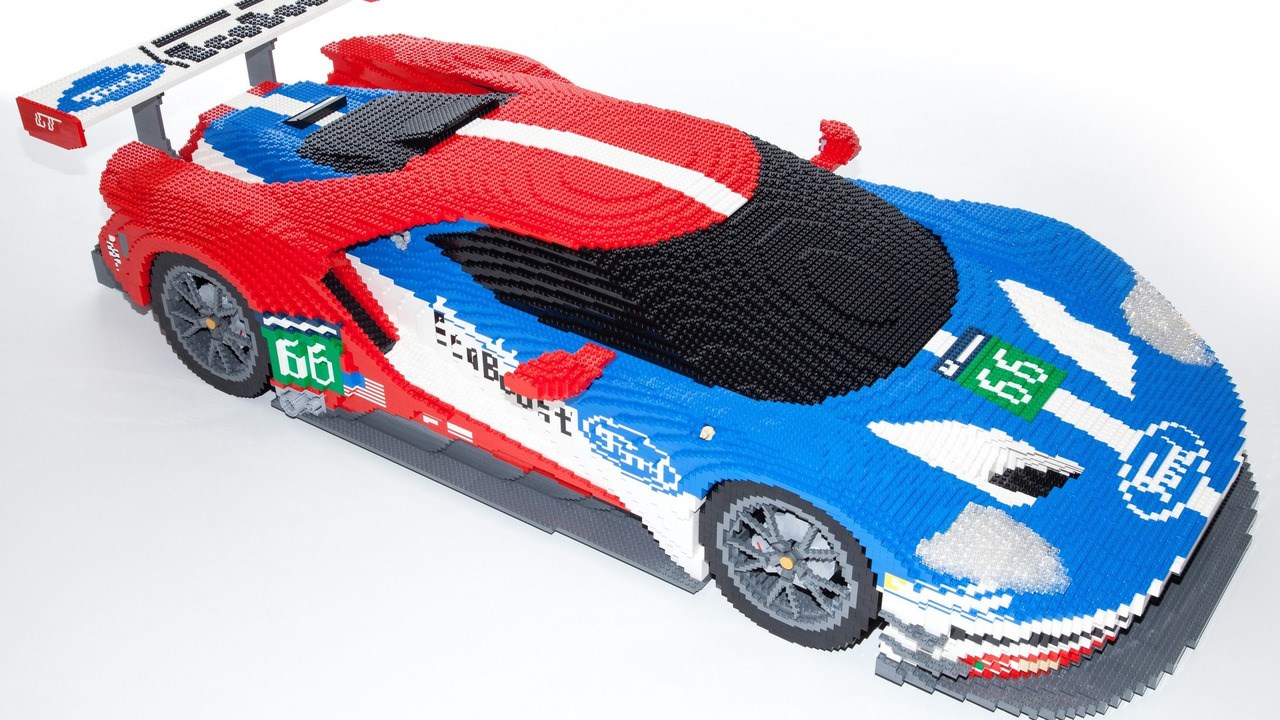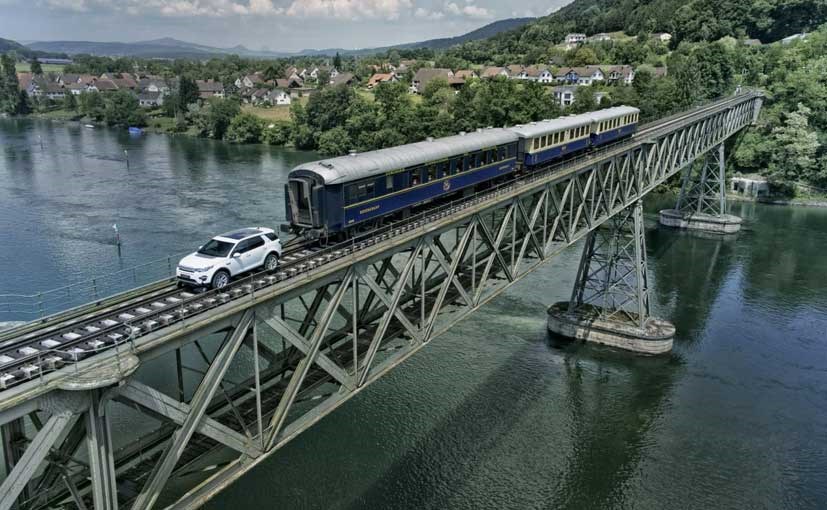US to get ultimate G-Wagen
Mercedes-Benz has been extending its SUV line-up with a variety of crossover and coupe models over the past couple of years. It’s an educated move, what with new car buyers apparently eager to buy anything as long as it features a raised ride height.
But there remains one model in the Benz line-up that has taken the phrase “Don’t go changin” and run with it. Run with it up a steep mountain, down a sheer cliff into a gorge and out the other side in fact.
The G-Class (or G-Wagen if, like us, you just can’t let go of some nameplates) remains the slab-sided big daddy of the Stuttgart firm’s off-road range.
It doesn’t tend to acknowledge it a heck of a lot in polite society, but it remains at the top of the tree just the same.
hat’s more, even though it doesn’t sing from the same song sheet as the rest of its SUVs, you get the feeling Mercedes-Benz is still very proud of its no-nonsense 4x4.
Well it must have some faith in its pulling power, because those lucky Americans are getting an updated G-Class soon. That’s great, but it gets better; the new G-Class is based on a show car it unveiled at the Geneva motor show last year that was essentially a road-registerable version of the insane G63 AMG 6x6 six-wheeler, minus one axle.
Capable of defeating mountain slopes in first gear, the G500 4x4² will also look stunning outside cafes (where most will end up). Actually either environment is apt; it’s as luxurious inside as it is nature-conquering capable once the paved road runs out.
The G500 4x4² will be powered by Mercedes-Benz’s 4-litre twin turbo V8 — yes the same engine that appears in the raucously amazing GT S sports coupe — where it’ll be tuned for maximum power output of 310kW and torque of more than 600Nm.
Still refusing to adhere to the curvy mantra adopted by all of the manufacturer’s other SUVs, the G500 4x4² will still feature that squared-off function-over-form exterior and will ride a full 437mm above the ground for which it shows such utter disdain.
It’ll also feature reworked suspension, adjustable shocks, locking diffs, stabiliser bars and “portal axles” (where the axle housings and the differentials’ centre are above the centre of the wheel hub to mitigate damage from rocks and the like).
A New Zealand release date? Yeah, good one. You can still buy a G350 BlueTEC or the mighty G63 AMG here ($175,390 and $252,390 respectively), but that’s probably as good as it’s going to get for now.
Ford celebrates win with block party

So the Ferrari 488 GTE of Giancarlo Fisichella might have spoiled the opportunity for an historic and poignant 1-2-3 finish in the LM GTE Pro class at the 24 Hours of Le Mans for the Chip Ganassi Team USA Ford GTs last weekend. But it was still a fantastic race for the Blue Oval brigade.
And here’s something else to buck the spirits of Scott Dixon and Co; a lovely replica of the Ford GT racer rendered in that most dependable of modelling materials, Lego.
Actually the Lego model is something of an inside job; Ford commissioned brickie Pascal Lenhard to construct not only the Ford GT racer in its 2016 24 Hours of Le Mans livery, but an original 1960s Ford GT40, too. The results are cool, showcasing Lenhard’s master-builder eye for detail.
Even the most intricate of sponsor decals has been created out of Lego bricks (it’s hard enough copying the Ford logo script by hand; now imagine trying to “write” it using nothing but square and rectangular blocks).
Lenhard used around 40,000 bricks to make the model, which weighs about 30kg and took three weeks to build.
Once he had created a 3D model on his computer, Lenhard started from the bottom and worked his way up to GT’s low-slung roof, making sure every swage line and air vent was accounted for along the way.
If you search “Lego Ford GT at 24 Hours Le Mans” on YouTube, you’ll be able to check out a short video showing Lenhard’s cars coming to life.
And if you’re a passionate Lego-ist, the video is also intriguing in that it gives you a peek behind the plastic curtain, into the workshop set-up of a top-notch Lego designer.
Well, it’s basically a room full of plastic drawers containing colour-separated Lego bricks. But hey, we’d be keen to head in there and give building a same-scale Ferrari 488 GTE a go any day.
Land Rover’s new training regime

Wags, prepare your “steers like it’s on rails” quips now…
The Jaguar Land Rover marketing team in Europe hooked up a Land Rover Discovery Sport to a 100-tonne train in order to demonstrate the SUV’s pulling power, with the assistance of its All-Terrain Progress Control system.
The PR stunt saw a stock standard Land Rover Discovery Sport TD4 lug three passenger cars 10km down a track in Switzerland, including a section which ran over the scenic 25m-high Hemishofen bridge.
Well okay, “stock-standard” apart from the hi-rail wheels attached to each corner to allow it to proceed along the tracks of course.
Still, it’s rather impressive, given this is exactly the sort of vehicle that may usually be tasked with pulling a trailer full of dirt bikes or a horse float at most. And starting off certainly isn’t easy, either, when you weigh two tonnes, but you have 100 tonnes on the tow ball.
If you’ve not heard the term, All-Terrain Progress Control is essentially like an off-road cruise control system that gives the vehicle excellent grip at take-off. This means the Discovery Sport can crawl its way across slippery or challenging terrain despite not boasting a low-range gear box. The same technology features in the incoming Jaguar F-Pace, which goes on sale in New Zealand next month.
But this isn’t even the first time the carmaker has hijacked the railways to demonstrate the load-hauling aptitude of its 4x4s.
Back in 1989 at the UK market launch of the original Land Rover Discovery, the company used a converted 200Tdi to pull a train of carriages along a line. Quite a few Land Rover Defenders there are converted to run along rails, completing maintenance work.
Number Crunching
1932 YEAR Lego founded in Denmark
915 MILLION 103,765 Combos that six eight-stud Lego bricks can be assembled in
3.3 MILLION BRICKS Used by James May to create a full-size Lego house
5900 BRICKS Contained in the largest Lego set; the Taj Mahal




